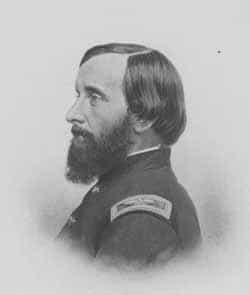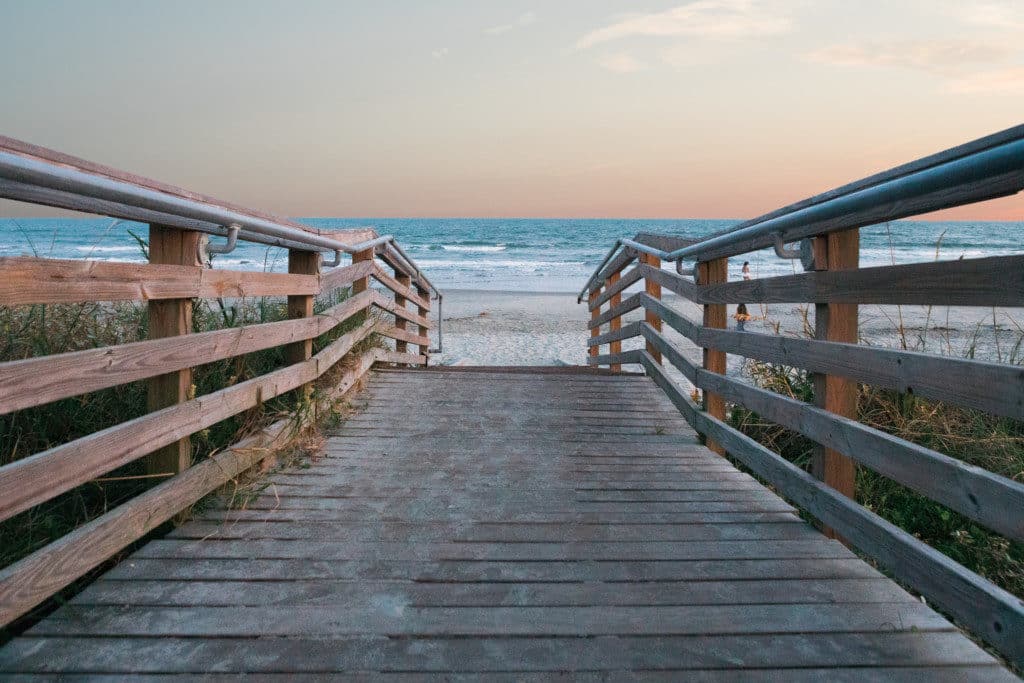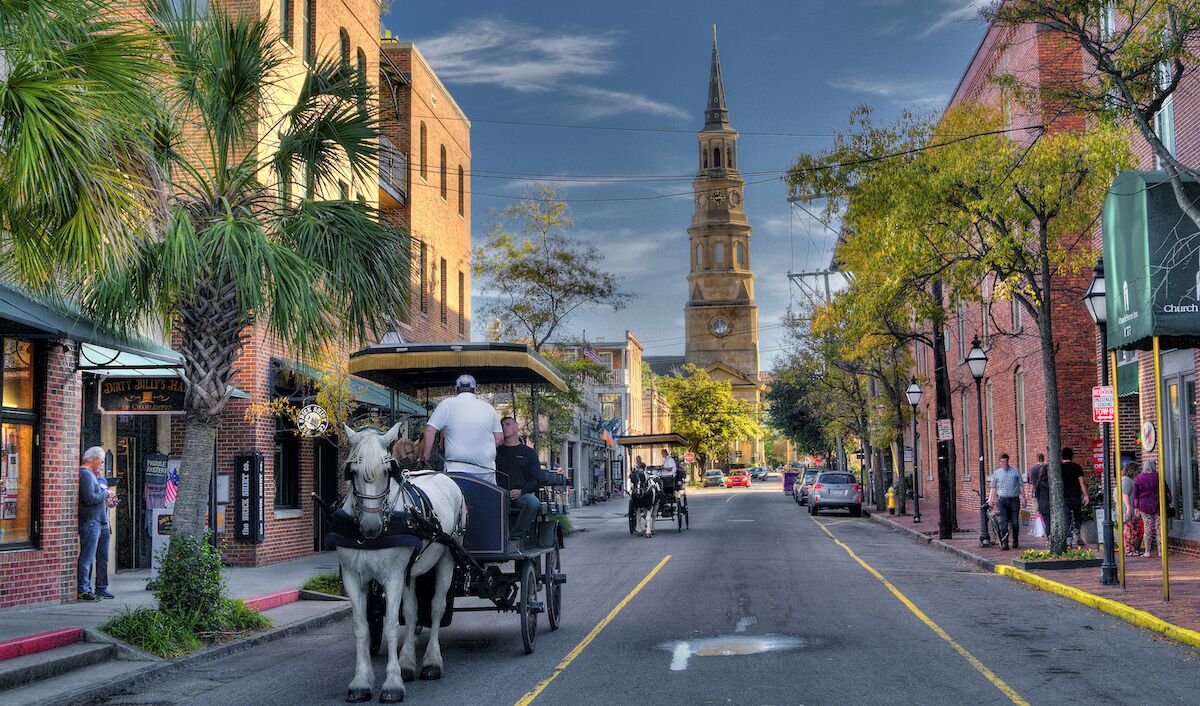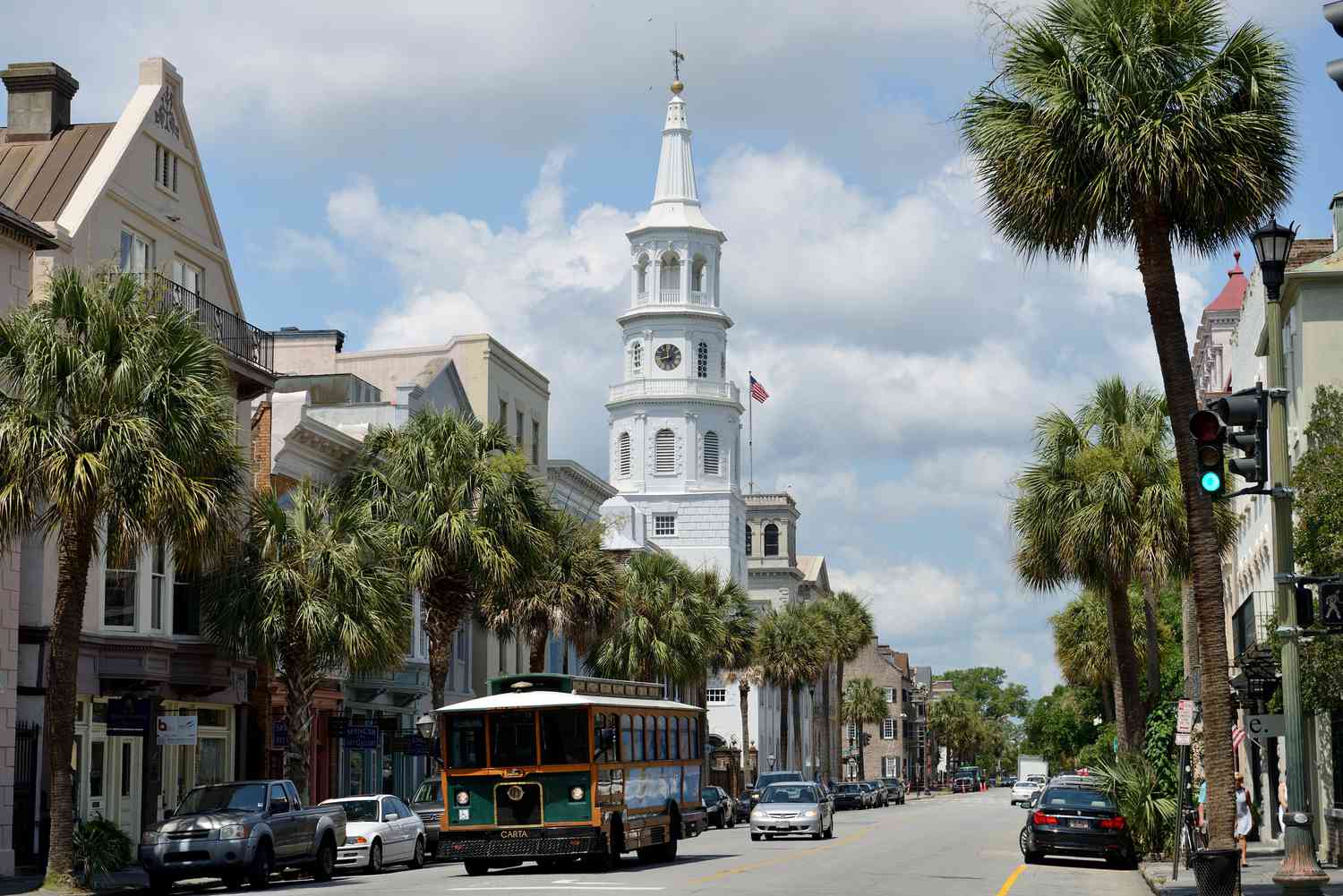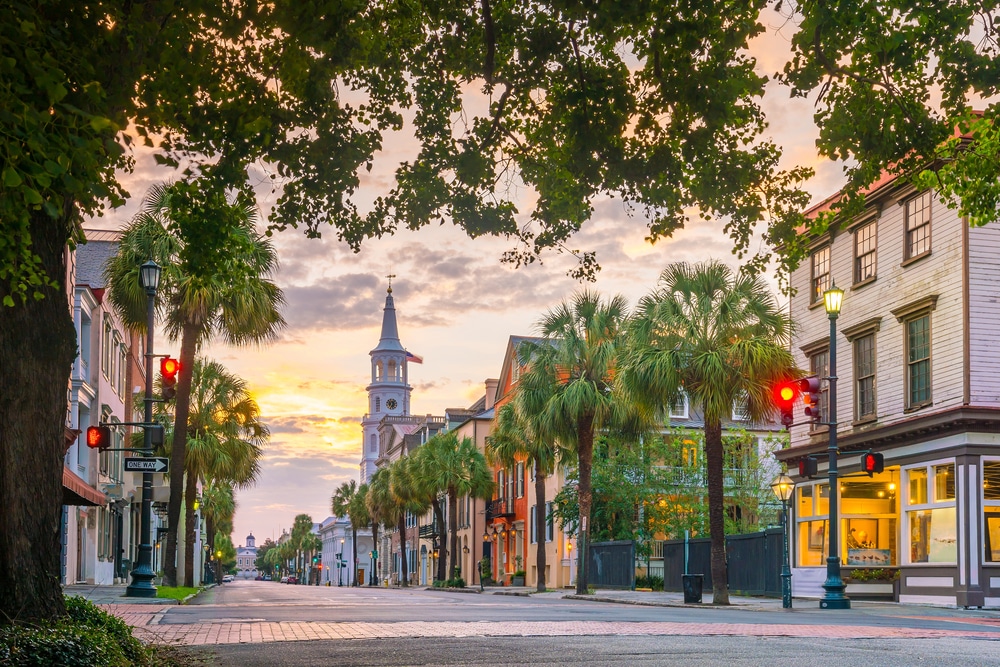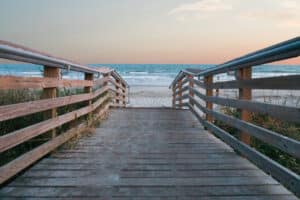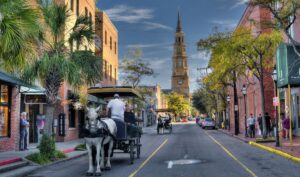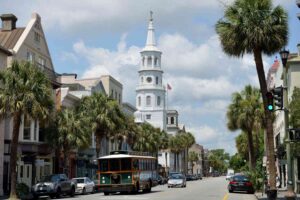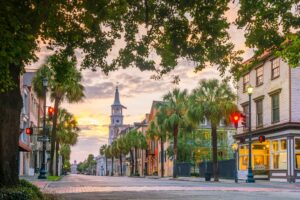DASH TO FREEDOM –CELEBRATE JUNETEENTH!
“The first sunbeams glowed upon … the blossoming hedges along the
rectangular dikes. What were those black dots which everywhere appeared? Those
moist meadows had become alive with human heads, and along each narrow path
came a straggling file of men and women, all on a run for the river-side”
This month we celebrate Juneteenth!
In the spirit of Juneteenth, I present some excerpts from the
book, Army Life in A Black Regiment
by Thomas Wenworth Higginson. (1869). I recommend this book
to anyone wanting to understand the mindset of newly liberated freedmen and
women.. During the Civil War, he served as colonel
of the 1st
South Carolina Volunteers, the first federally authorized black regiment, from
1862–1864. This regiment was comprised entirely of Black soldiers freed
from slavery. While the Emancipation Proclamation allowed for Black soldiers to
serve, the Army still required White officers to command them. Higginson
addressed this in his Civil War memoir, stating:
We, their officers, did not go there to teach
lessons, but to receive them. There were more than a hundred men in the ranks
who had voluntarily met more dangers in their escape from slavery than any of
my young captains had incurred in all their lives.15
He was an American Unitarian minister, author, abolitionist, and soldier. He was
active in the American Abolitionism movement during the 1840s and 1850s,
identifying himself with disunion and militant abolitionism. He was a member of
the Secret Six who
supported John Brown. Following the war, Higginson devoted much of the rest of his
life to fighting for the rights of freed people, women and other disfranchised
peoples.(Wikipedia)
It is notable that his account is largely
missing denigrating commentary commonly found in accounts of blacks by whites,
and deeper reading of the book provides insites into the thought processes, the habits and the Faith
of his men who he clearly considers equal to any white soldier. His assessments
provide a clear first person account as commander of the unit, a unit that went
up rivers in Florida , Georgia and South Carolina to destroy rail lines.
First, from the opening preface to the book, a
description of the 1st South Carolina Regiment:
These pages record some of the adventures of the
First South Carolina Volunteers, the first slave regiment mustered into the
service of the United States during the late civil war. It was, indeed, the
first colored regiment of any kind so mustered, except a portion of the troops
raised by Major-General Butler at New Orleans.
The First South Carolina contained scarcely a
freeman, had not one mulatto in ten, and a far smaller proportion who could
read or write when enlisted. The only contemporary regiment of a similar
character was the “First Kansas Colored,” which began recruiting a
little earlier. These were the only colored regiments recruited during the year
1862. The Second South Carolina and the Fifty-Fourth Massachusetts followed
early in 1863.
Next, he describes how he came to be their
Commander:
This is the way in which I came to the command
of this regiment. One day in November, 1862, I was sitting at dinner with my
lieutenants, John Goodell and Luther Bigelow, in the barracks of the
Fifty-First Massachusetts, Colonel Sprague, when the following letter was put
into my hands:
BEAUFORT, S. C., November 5, 1862.
MY DEAR SIR.
I am organizing the First Regiment of South
Carolina Volunteers, with every prospect of success. Your name has been spoken
of, in connection with the command of this regiment, by some friends in whose
judgment I have confidence. I take great pleasure in offering you the position
of Colonel in it, and hope that you may be induced to accept. I shall not fill
the place until I hear from you, or sufficient time shall have passed for me to
receive your reply. Should you accept, I enclose a pass for Port Royal, of
which I trust you will feel disposed to avail yourself at once. I am, with
sincere regard, yours truly,
R. SAXTON, Brig.-Genl, Mil. Gov.
He then goes on to describe various raids and campaigns, but then
he recalls a scene as his ships made their way up the Edisto River in which enslaved persons made their Dash to Freedom!
“The battery…met us with a promptness that proved very shortlived.
After three shots it was silent… The bluff was wooded, and we could see but
little. The only course was to land, under cover of the guns. As the firing
ceased and the smoke cleared away, I looked across the rice-fields … The first sunbeams glowed upon … the blossoming hedges
along the rectangular dikes. What were those black dots which everywhere
appeared? Those moist meadows had become alive with human heads, and along each
narrow path came a straggling file of men and women, all on a run for the
river-side. I went ashore with a boat-load of troops at once. The landing
was difficult and marshy. The astonished negroes tugged us up the bank, and
gazed on us as if we had been Cortez and Columbus. They kept arriving by land
much faster than we could come by water; every moment increased the crowd, the
jostling, the mutual clinging, on that miry foothold. What a scene it was! With
the wild faces, eager figures, strange garments, it seemed, as one of the poor
things reverently suggested, “like notin’ but de judgment day.”
Presently they began to come from the houses also, with their little bundles on
their heads; then with larger bundles. Old women, trotting on the narrow paths,
would kneel to pray a little prayer, still balancing the bundle; and then would
suddenly spring up, urged by the accumulating procession behind, and would move
on till irresistibly compelled by thankfulness to dip down for another
invocation.
Reaching us, every human being must grasp our hands, amid
exclamations of “Bress you, mas’r,” and “Bress de Lord,” at
the rate of four of the latter ascriptions to one of the former.
Women brought children on their shoulders; small
black boys leaned on their black little brothers equally inky, and, gravely
depositing them, shook hands. Never had I seen human beings so clad, or rather
so unclad, in such amazing squalid-ness….
Perhaps the most important thing in Higgins tome is that he relates a rare first
person account by an elderly freedman recalling his personal Dash To Freedom!
Says Higginson:
” I wish that it were possible to present all this scene from the point of view
of the slaves themselves. It can be most nearly done, perhaps, by quoting
the description given of a similar scene on the Combahee River, by a very
aged man, who had been brought down on the previous raid, already
mentioned. I wrote it down in tent, long after, while the old man recited the
tale, with much gesticulation, at the door; and it is by far the best glimpse I
have ever had, through a negro’s eyes, at these wonderful birthdays of
freedom:
“De people was all a hoein’, mas’r,” said the old man. “Dey was a hoein’ in the rice�field, when de gunboats come. Den ebry man drap dem hoe, and leff de rice. De mas’r
he stand and call, ‘Run to de wood for hide! Yankee come, sell you to Cuba! run for
hide!’ Ebry man he run, and, my God! run all toder way!
“Mas’r stand in de wood, peep, peep, faid for truss [afraid to trust]. He say, ‘Run to
de wood!’ and ebry man run by him, straight to de boat.
“De brack sojer so presumptious, dey come right ashore, hold up dere head. Fus’ ting
I know, dere was a barn, ten tousand bushel rough rice, all in a blaze, den mas’r’s great
house, all cracklin’ up de roof. Didn’t I keer for see ’em blaze? Lor, mas’r, didn’t care
notin’ at all, was gwine to de boat.”
Dore’s Don Quixote could not surpass the sublime absorption in which the gaunt old
man, with arm uplifted, described this stage of affairs, till he ended in a shrewd chuckle,
worthy of Sancho Panza. Then he resumed.
“De brack sojers so presumptious!” This he repeated three times, slowly shaking his
head in an ecstasy of admiration. It flashed upon me that the apparition of a black
soldier must amaze those still in bondage, much as a butterfly just from the chrysalis
might astound his fellow-grubs. I inwardly vowed that my soldiers, at least, should be
as “presumptious” as I could make them. Then he went on.
“Ole woman and I go down to de boat; den dey say behind us, ‘Rebels comin’l Rebels
comin’!’ Ole woman say, ‘Come ahead, come plenty ahead!’ I hab notin’ on but my shirt
and pantaloon; ole woman one single frock he hab on, and one handkerchief on he
head; I leff all-two my blanket and run for de Rebel come, and den dey didn’t come,
didn’t truss for come.
“Ise eighty-eight year old, mas’r. My ole Mas’r Lowndes keep all de ages in a big
book, and when we come to age ob sense we mark em down ebry year, so I know. Too
ole for come? Mas’r joking. Neber too ole for leave de land o’ bondage. I old, but great
good for chil’en, gib tousand tank ebry day. Young people can go
through, force [forcibly], mas’r, but de ole folk mus’ go slow.”
And so, there you have it. First person excerpts of witnesses to the Dash
to Freedom!
Happy Juneteenth!
Charleston Old Walled City Tours does public and private history tours.
We strive to present true and authentic history by seeking out first person
sources and interpreting history within the context of the culture and
politics of the time, all done in an engaging and entertaining Small Group
Format.
To join us go to www.walledcitytours.com
l

